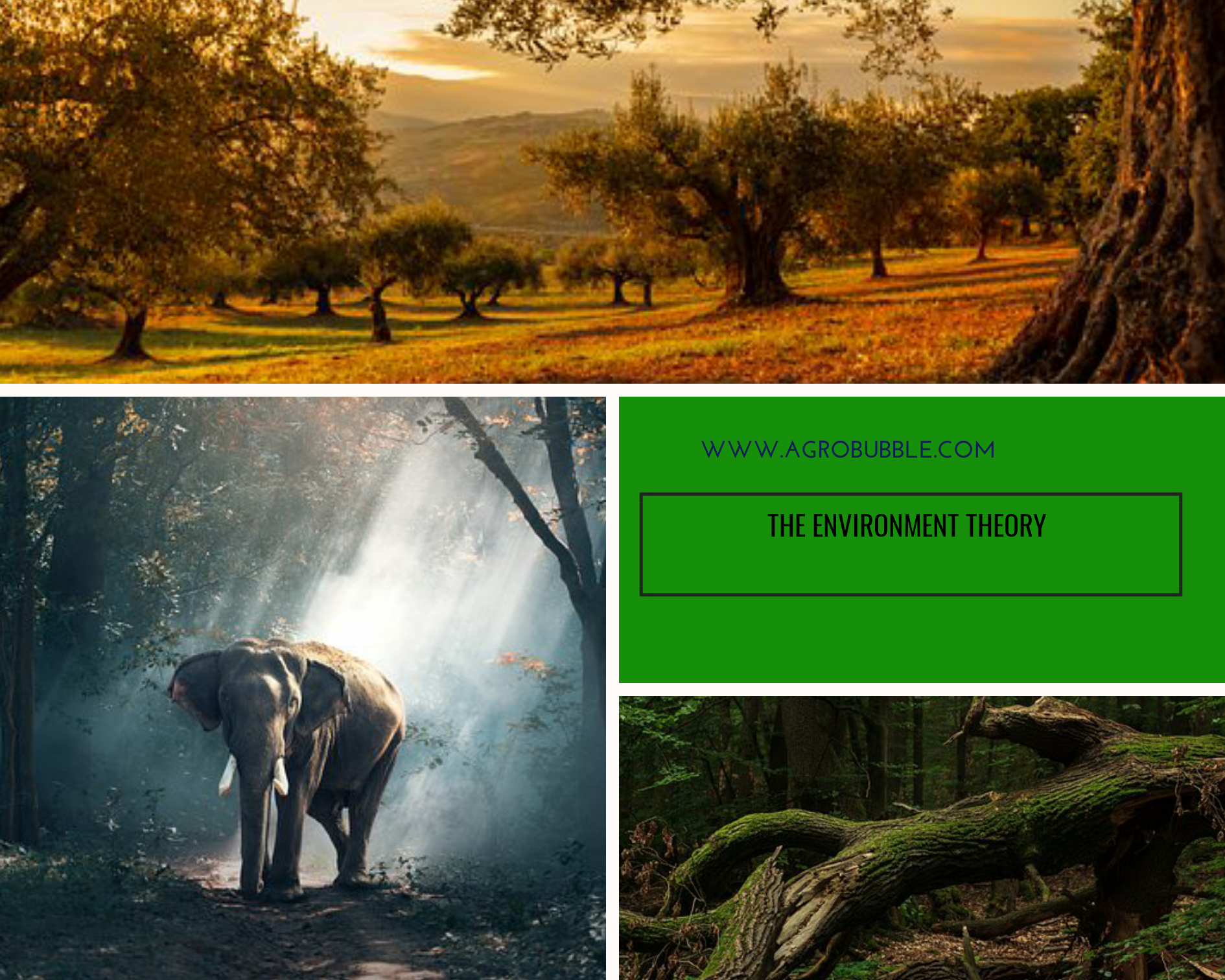Environment: Its types, Components, Domains and importance
The environment is defined as the surroundings or conditions where a person, animals, or plant lives or strives. In other words, the environment includes all the factors, external and internal, living and nonliving factors which affect an organism (both plants and animals).
Types of Environment
There are three major types of environment. These are physical environment, social environment, and cultural environment.
Read Also: Water Pollution: Doubts You Should Clarify
1) Physical environment: The biophysical environment is the biotic and abiotic surroundings of an organism or population and they include the factors that have an influence on their survival, development and evolution.
2) Social environment:The social environment is the immediate physical and social surroundings that people live in or in which something happens or manifests.
3) Cultural environment: The cultural environment refers to the cultural and social aspect of a given society from its very nature. They are the people who surround us, their norms and beliefs that make up the cultural environment.
Components of the environment
The environment is made of two major components. These are the biotic (living) components and the abiotic (non-living) components.
1) Biotic components: The components include the living things (plants and animals) which can be grouped into consumers, and decomposers.
a) Producers: Producers are autotrophs (green plants and some micro-organism) which can manufacture their own food from simple inorganic materials during the process of photosynthesis and chemosynthesis.
b) Consumers: Consumers are the heterotrophs (animals and some plants) which cannot manufacture their own food but depend on plants directly or indirectly for their food.
c) Decomposers: Decomposers are bacteria and some fungi which break down dead plants and animals in order to feed on them and in the process, nutrients are released into the soil for use by the producers.
2) Abiotic components: The Abiotic components of the environment are the non-living things which include:
a) Climate factors
b) Inorganic materials and nutrients.
c) Edaphic factors.
d) Other factors like dust, storm, fire and water.
Domains of the environment
There are four major domains of the environment. These are lithosphere, hydrosphere, Atmosphere and biosphere.
A) Lithosphere
Characteristics of lithosphere
1) The lithosphere is the solid portion of the earth.
2) It is the outermost layer or zone of the earth’s crust.
3) It is made up of rocks and mineral materials.
4) It represents 30% of the earth’s surface.
5) It forms a land mass which is about 10-15km thick.
6) The outermost layer of the land mass is made up of loose rocks like gravel, sands and soils.
B) Hydrosphere
Characteristics of Hydrosphere
1) The Hydrosphere is the liquid portion of the earth.
2) It covers about 70% or 2/3 of the earth’s crust.
3) It holds water in various forms eg ice, liquid like water and gases
4) It includes all forms of fresh water like lakes, rivers, and water vapour.
5) It also includes ocean water which is salty.
6) Ocean water accounts for about 97% of the hydrosphere.
See Also: Economic System: This Will Be A Thing Of The Past And Here’s Why
C) Atmosphere
Characteristics of Atmosphere
1) The atmosphere is the gaseous portion of the earth.
2) It is a layer of gases surrounding the earth.
3) Over 99% lies within 30km of the earth surface.
4) Its density decreases progressively with elevation.
5) It contains water in the form of vapour in lower layers.
6) Weather phenomena such as clouds, rain and snow are largely confined to the atmosphere.
D) Biosphere
Characteristics of Biosphere
1)The biosphere is the zone of the earth occupied by living organisms.
2) It is a layer of life which exists on the earth surface and the lithosphere.
3) It has a maximum thickness of only a few kilometers.
4) It includes organisms like plants, animals and microorganisms.
Problems facing the environment.
Several problems are currently facing the environment. These environmental problems include:
1) Environmental pollution.
2) Deforestation
3) Soil erosion.
4) Pollution explosion.
5) Global warming.
6) Climatic change.
7) Desert encroachment.
Importance of the environment
The importance of the environment can be best discussed under the importance of lithosphere, hydrosphere, atmosphere and biosphere.
Importance of lithosphere to man
1) Lithosphere forms the basis of all human settlement.
2) All mineral resources are derived from the lithosphere.
3) It aids transportation through construction of roads, railways and airports.
4) All farming activities are carried out on the lithosphere.
Importance of Hydrosphere to man
1) It provides a medium of transportation.
2) It provides water for industrial use.
3) It provides employment.
4) It can be used to generate electricity.
5) It is a medium for sport.
Importance of Atmosphere to man
1) It provides oxygen for animals and plants for respiration.
2) It provides nitrogen for plants.
3) It acts as a greenhouse.
4) It provides oxygen for combustion or burning.
Importance of Biosphere to man
1) It provides raw material.
2) It aids the balancing and purification of atmospheric gases.
3) They provide a source of energy like firewood for man.
4) Plants provide clothing materials like cotton and wool for man.
5) plants provide food for man and animals.
If you like this post, please share it with your friends to educate them too. No knowledge is a waste irrespective of the person. If you have any question or contribution, kindly use the COMMENT section below.

0 responses to “Environment: Its types, Components, Domains and importance”